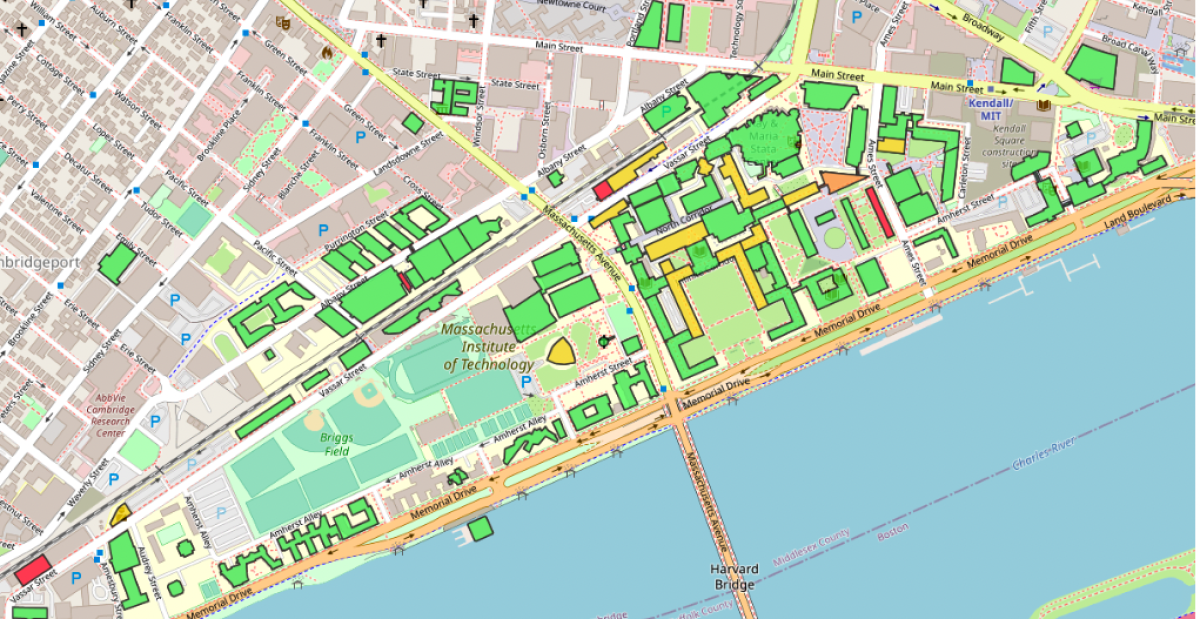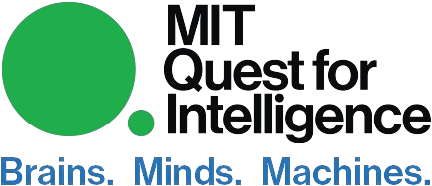
Description
How many people are on the MIT campus right now? How many are in the Infinite Corridor? How many will be in the Z Center on Tuesday at 3:45?
If these questions seem to require a crystal ball, you understand the challenges the MIT senior administration faced with when making decisions about a safe return to campus activities in the early days of the COVID-19 pandemic. The leadership team faced difficult problems determining how campus could be used while ensuring adherence to COVID protocols; they had to strike a balance between allowing access to as many people as possible, especially students, but minimizing COVID exposure.
The Quest Engineering Team was asked to help construct a platform that allowed MIT senior leadership to estimate, at a glance, how many people were in any building at any time, With hourly usage estimates projected weeks into the future. While the MCRS project is substantially different from other projects the Quest has undertaken, the Engineering Team was tasked with this due to their unique expertise in both systems and modeling.
The MCRS data came from anonymized sources including building access card reader records, floor plans, lab schedules, and commuting reports. This project required fusing data across these many different sources to get aggregate statistics — a common form of modeling in AI and learning systems.
Ultimately, this project was an opportunity for the Quest to collaborate across MIT and make a meaningful contribution to help answer urgent and difficult questions. The Engineering Team's experience working with diverse groups and juggling different types of data prepared them for this challenge.
The MCRS project was announced by the MIT News Office in June 2020, with an update from the Vice-President for Research in July 2020. An FAQ explained the project to the community. Further work has built on the MCRS, using its data.
Documentation can be found on GitHub.








